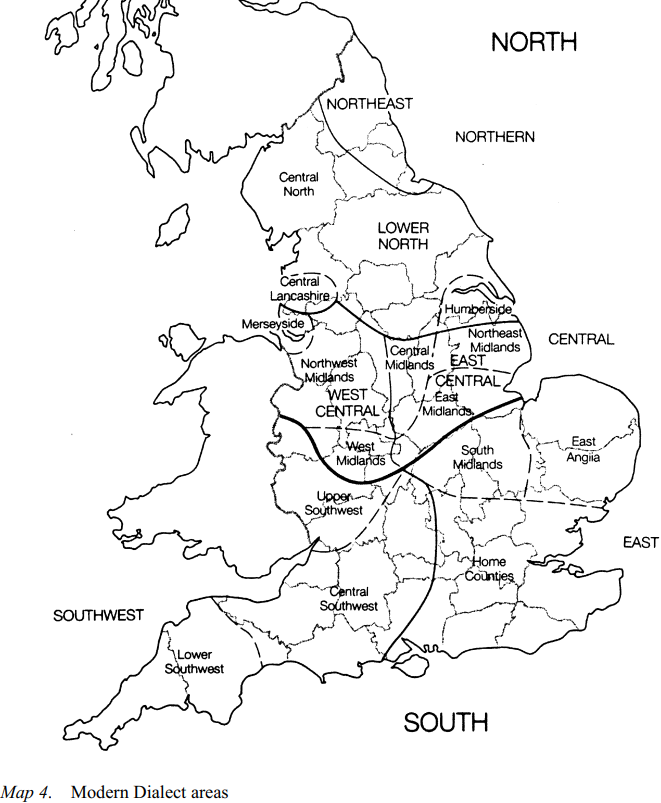

Grammar


Tenses


Present

Present Simple

Present Continuous

Present Perfect

Present Perfect Continuous


Past

Past Continuous

Past Perfect

Past Perfect Continuous

Past Simple


Future

Future Simple

Future Continuous

Future Perfect

Future Perfect Continuous

Passive and Active


Parts Of Speech


Nouns

Countable and uncountable nouns

Verbal nouns

Singular and Plural nouns

Proper nouns

Nouns gender

Nouns definition

Concrete nouns

Abstract nouns

Common nouns

Collective nouns

Definition Of Nouns


Verbs

Stative and dynamic verbs

Finite and nonfinite verbs

To be verbs

Transitive and intransitive verbs

Auxiliary verbs

Modal verbs

Regular and irregular verbs

Action verbs


Adverbs

Relative adverbs

Interrogative adverbs

Adverbs of time

Adverbs of place

Adverbs of reason

Adverbs of quantity

Adverbs of manner

Adverbs of frequency

Adverbs of affirmation


Adjectives

Quantitative adjective

Proper adjective

Possessive adjective

Numeral adjective

Interrogative adjective

Distributive adjective

Descriptive adjective

Demonstrative adjective


Pronouns

Subject pronoun

Relative pronoun

Reflexive pronoun

Reciprocal pronoun

Possessive pronoun

Personal pronoun

Interrogative pronoun

Indefinite pronoun

Emphatic pronoun

Distributive pronoun

Demonstrative pronoun


Pre Position


Preposition by function

Time preposition

Reason preposition

Possession preposition

Place preposition

Phrases preposition

Origin preposition

Measure preposition

Direction preposition

Contrast preposition

Agent preposition


Preposition by construction

Simple preposition

Phrase preposition

Double preposition

Compound preposition


Conjunctions

Subordinating conjunction

Correlative conjunction

Coordinating conjunction

Conjunctive adverbs


Interjections

Express calling interjection


Grammar Rules

Preference

Requests and offers

wishes

Be used to

Some and any

Could have done

Describing people

Giving advices

Possession

Comparative and superlative

Giving Reason

Making Suggestions

Apologizing

Forming questions

Since and for

Directions

Obligation

Adverbials

invitation

Articles

Imaginary condition

Zero conditional

First conditional

Second conditional

Third conditional

Reported speech


Linguistics

Phonetics

Phonology


Semantics


Pragmatics

Linguistics fields

Syntax

Morphology

Semantics

pragmatics

History

Writing

Grammar

Phonetics and Phonology

Semiotics


Reading Comprehension

Elementary

Intermediate

Advanced


Teaching Methods

Teaching Strategies
Dialect levelling in the Southeast
المؤلف:
Ulrike Altendorf and Dominic Watt
المصدر:
A Handbook Of Varieties Of English Phonology
الجزء والصفحة:
182-9
2024-03-06
1219
Dialect levelling in the Southeast
The restructuring of the Southeastern dialect area is in large part due to processes of linguistic convergence (e.g. Williams and Kerswill 1999; Kerswill 2002). These processes have, it is argued, been promoted by an increase in geographical mobility in the second half of the 20th century. Mobility and migration have taken place in three different directions:
Trend I: Centrifugal migration:
Londoners have been moving out of the capital since the Second World War, during which time London was the most heavily bombed city in Britain. The Blitz forced millions of families out of their London homes into the country. After the war, and for less dramatic reasons, around one million overspill Londoners were re-housed in municipal re-housing schemes designed to decentralize the metropolitan population. For this purpose, a number of new towns, among them Milton Keynes, Stevenage, Hemel Hempstead, Bracknell and Basildon, were founded within an eighty-kilometre radius of London. In more recent years, young families and old-age pensioners have also often moved out of the city. Young families have been moving into the London suburbs or the neighboring Home Counties to bring up their children in a safer and more pleasant environment. Old-age pensioners have been moving away to realize, where feasible, the English dream of buying a house by the seaside or a cottage in the country, or for less idealistic motives such as unaffordable London rents and living costs, spiralling crime and alienation. Lately, the increased necessity and willingness to commute has further enhanced the interchange between London and elsewhere.

(2) Trend II: Centripetal migration (Moving to the Southeast and the “NorthSouth divide”):
Since the economic revival of the Thatcher era, employment growth in Southeastern England has outstripped that in the rest of the United Kingdom. The media regularly report on the “North-South divide”, a term used to imply stronger economic growth and higher living standards in the South of England than in the North. This economic prosperity has attracted many (work) migrants, mostly to Southeastern areas outside London. The population in these areas has therefore grown at a faster rate than in the rest of the country. Today, about one third of the population of the United Kingdom lives in Southeast England.
(3) Trend III: Internal migration within the Southeast:
As people resident in the Southeast now tend to change their place of work more often than they used to, there has been a resultant increase in the levels of admixture of the population within the region. These processes of mobility have increased face-to-face interaction among speakers of different accents. This kind of communicative situation tends to bring about short-term accommodation among the interlocutors, which in turn can then lead to long-term accommodation, accent convergence and change, providing that attitudinal factors are favorable. In addition, mobility has been shown to weaken network ties and to promote the diffusion of “new” variants. In the Southeast, these processes have been dominated by the “London element”. Faced with a choice between a London variant and one associated with a rural or provincial accent, most young speakers have tended to opt for the former. This is likely to be particularly true for those young professionals who have been moving to the Southeast from other parts of Britain. To employ a term coined in the 1980s, a metropolitan accent is higher on “street cred” than a provincial one. This does not mean, however, that local accent features have been completely lost. The dialect survey by Williams and Kerswill (1999), for instance, has shown that there are still qualitative and quantitative differences between the accents of adolescents in the two Southeastern towns of Milton Keynes and Reading.















 قسم الشؤون الفكرية يصدر مجموعة قصصية بعنوان (قلوب بلا مأوى)
قسم الشؤون الفكرية يصدر مجموعة قصصية بعنوان (قلوب بلا مأوى) قسم الشؤون الفكرية يصدر مجموعة قصصية بعنوان (قلوب بلا مأوى)
قسم الشؤون الفكرية يصدر مجموعة قصصية بعنوان (قلوب بلا مأوى) قسم الشؤون الفكرية يصدر كتاب (سر الرضا) ضمن سلسلة (نمط الحياة)
قسم الشؤون الفكرية يصدر كتاب (سر الرضا) ضمن سلسلة (نمط الحياة)

















